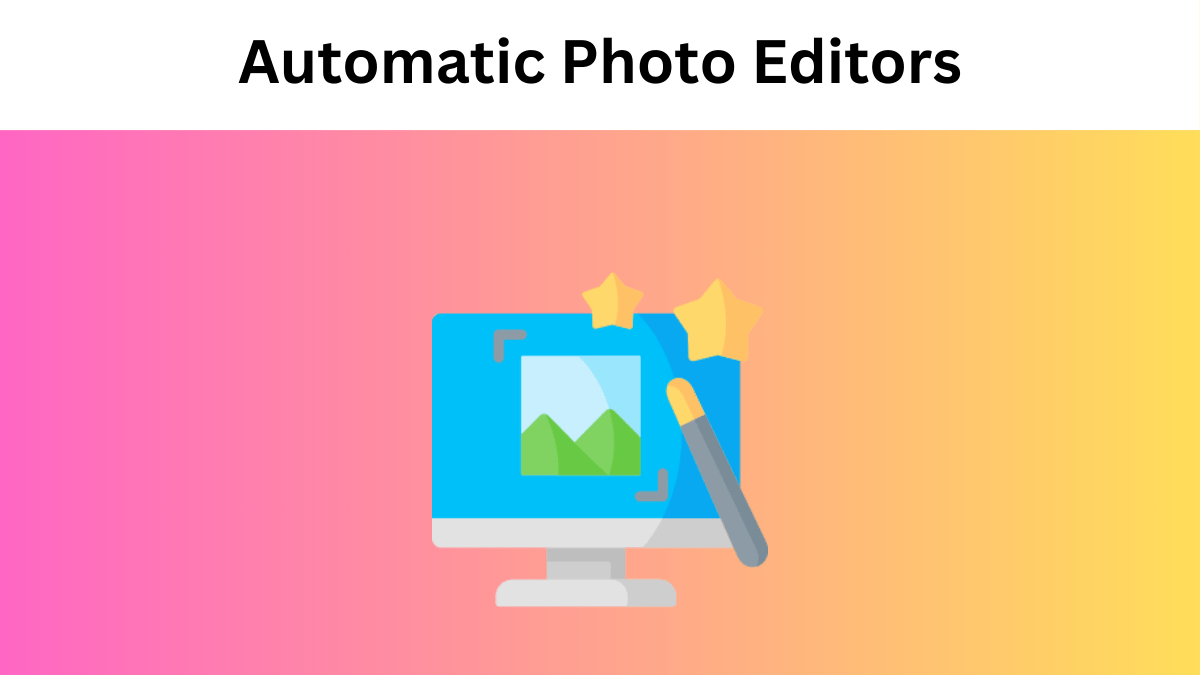Modern content marketing strategies are unthinkable without visual content. Well-chosen, relevant and professionally edited photos can significantly increase audience engagement and improve conversion rates. In this article, we will explore how automated photo editors can make the creation of visual content easier and enhance its effectiveness. Additionally, we will share examples of successful cases and provide tips on how to fit these tools into a marketer’s workflow.
What are Automatic Photo Editors?
Unlike traditional editing, which requires time and skill in complex programs like Adobe Photoshop, automatic editors like PhotoWorks allow you to achieve good results with minimal effort. These tools provide easy-to-use interfaces and automatic features that simplify the editing process.
An AI photo editor is a tool designed to process images using algorithms and artificial intelligence. It has a set of inbuilt filters, templates, and effects with which you can edit and enhance a photo quickly and with ease, requiring no in-depth knowledge of photo-editing and graphic design.
How to Edit Images in Automatic Photo Editors
Now, let’s move on to the practical part and examine the possible steps for editing images in automatic editors.
- Choose the right tool: Before selecting an automated editor, assess your team’s needs and budget. Compare different tools in terms of functionality, usability, and cost and pick the one that best suits your needs. Scrutinize those options with AI image enhancement, which can automatically analyze your images to suggest the best edits.
- Upload your image: First, upload the image you want to edit. With most of the auto-editors, you can just drag and drop files directly onto the canvas.
- Remove unwanted elements: Use tools that easily allow you to remove backgrounds or unwanted objects in your image. Features such as Background Removal and Object Erasers can help create a much cleaner, distraction-free visual that emphasizes the main subject.
- Use auto enhancements: Take advantage of one-click enhancement features. Most editing programs will enhance your image quality instantly with one click, adjusting brightness, contrast, and saturation.
- Apply filters and effects: Experiment with different filters and effects to add character to your shots. Many automated editors have a library of presets that can dramatically change your photos. Apply these effects to create a mood or style that really resonates with your brand.
- Add Text and Graphics: Add text overlays, graphics, and icons to make your images really pop. Most automated editors provide a variety of fonts and customizable vector icons allowing you to create engaging visuals that tell a story or convey a message effectively.
- Save your image: Once you’re satisfied with your edits, save your image in preferred format—like JPG or PNG—and share directly to your social media accounts or download for use in your marketing materials.
By following those steps, content marketers can quickly and easily create eye-catching visual content that captures their audience attention and enhances the market effort. Automated photo editors save time and empower marketers to produce high-quality images without extensive design skills.
Examples of Successful Case Studies

Case Study 1: Increasing social media engagement
A fashion brand used an automated photo editor to create content for its social media channels. The brand was able to quickly create eye-catching images with effects and filters, which encouraged more likes, comments, and reposts, which in turn increased reach, engagement, and followers.
Case Study 2: Image editing for an advertising campaign
In the advertising campaign for the launch of a new product, an automatic editor was applied for creating banners and promotional materials. Thanks to the possibility of batch image processing and the use of ready-made templates, the campaign was launched within the shortest possible time, which ensured successful product launch on the market.
Case Study 3: Improving visual content on a website
An e-commerce company used an automatic editor to remove and replace backgrounds from the images, and create that professional look that drives all the focus on the product alone. This made the pictures more attractive and consistent in style, which helped to increase sales and improve the user experience.
Conclusion
To sum up, an auto photo editor is a powerful tool for increasing the effectiveness of content marketing. Its benefits include speeding up the process of creating visual content, improving its quality, and boosting creativity.
Integrating these tools into a marketer’s workflow can greatly simplify the job process. Stay on top of new technologies and continue to optimize your approaches to achieve better content marketing results.


Comments are closed